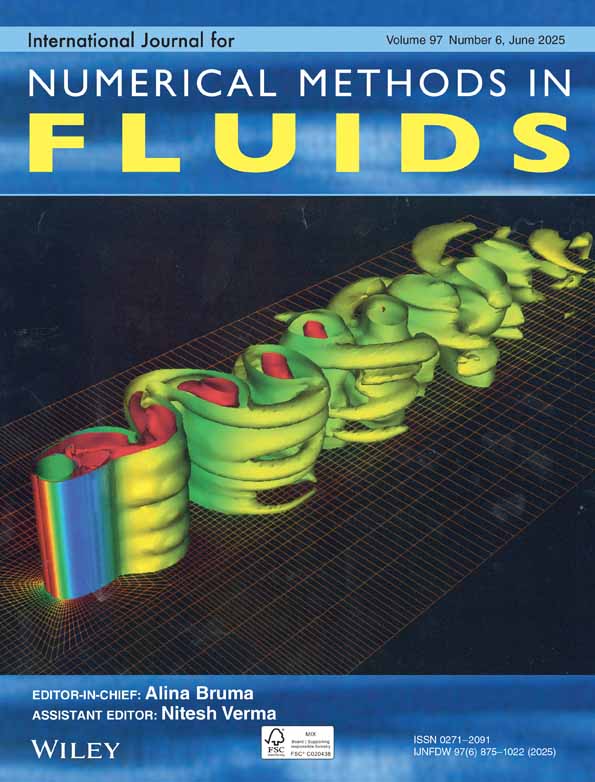Analyzing 3D Steady Variable Coefficients Convection–Diffusion-Reaction Equations via a Hybrid Element-Free Galerkin Method
Funding: This work was supported by Natural Science Foundation for Young Scientists of Shanxi Province (202203021212233).
ABSTRACT
This study introduces a hybrid element-free Galerkin (HEFG) method to analyze the 3D steady convection–diffusion-reaction equation. By introducing the dimension-splitting method, the governing equation can be split into 2D form in each layer. The 2D form can be solved using the improved element-free Galerkin (IEFG) method with improved moving least-squares (IMLS) approximation as shape function, and discretized equations of 2D form are derived. The finite difference method (FDM) is selected to handle first- and second-order derivatives in the splitting direction. Thus, new 2D discretized equations in each plane are derived, and the final solved equation of the original 3D problem is obtained by coupling these 2D discretized equations. In numerical examples, we study the astringency of the HEFG method by examining the impact of layer and node on relative errors, and the computing time and accuracy of numerical solutions are compared with the dimension-coupling method (DCM), IEFG method, and exact one. The HEFG method can significantly reduce the calculation times of the IEFG method. Compared with the DCM, the advantage of the proposed method is its shorter computing time when dealing with essential boundaries in a splitting direction.
Conflicts of Interest
The authors declare no conflicts of interest.
Open Research
Data Availability Statement
The data that support the findings of this study are available from the corresponding author upon reasonable request.




